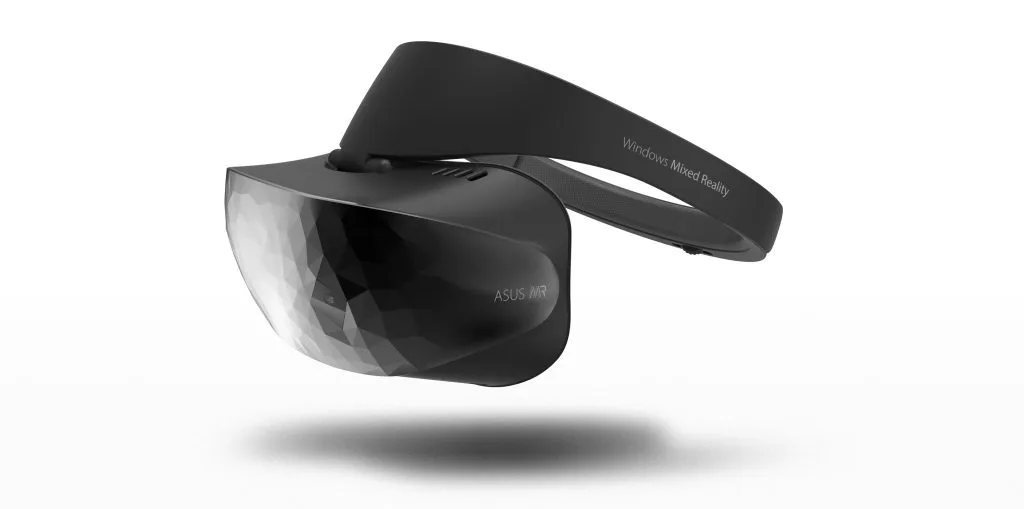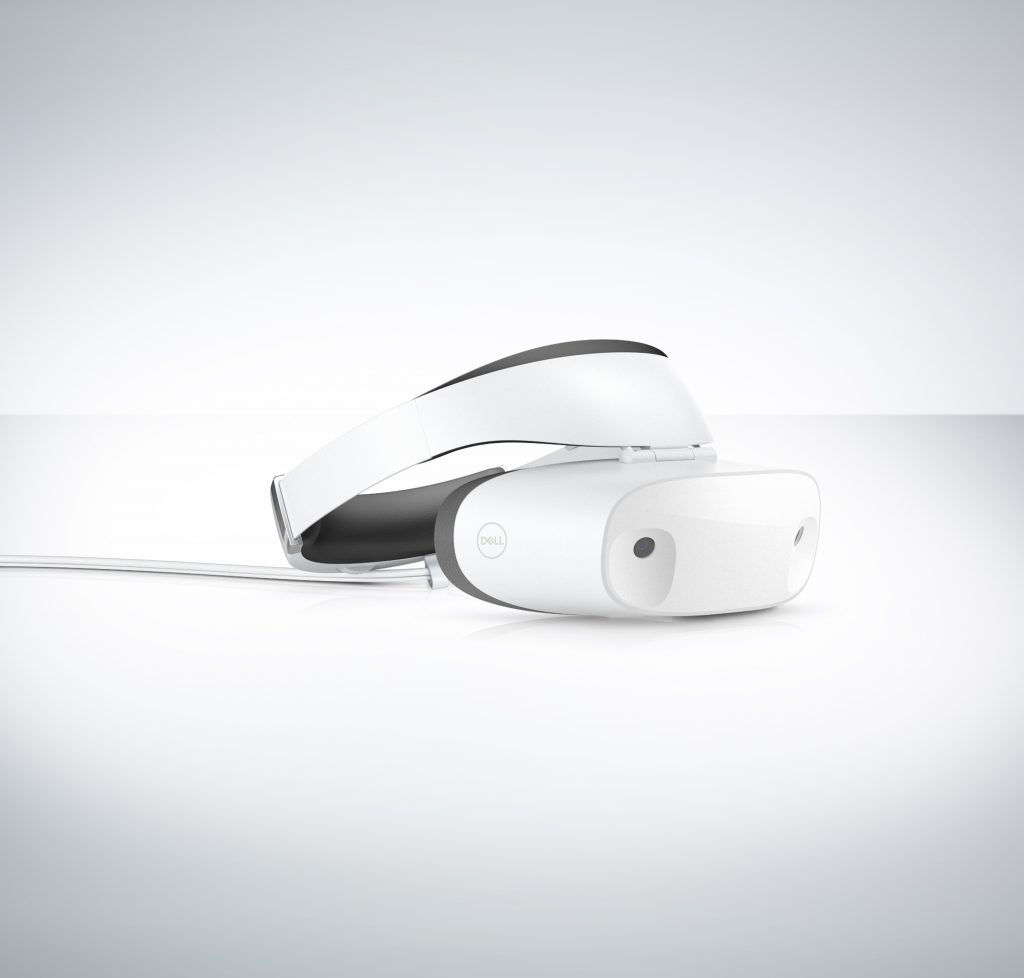Microsoft’s planned roll out of a whole suite of VR headsets continues with the revelation of designs from Dell and ASUS.
The Microsoft roll out is one of the most interesting plays for VR dominance given the headsets are extremely light weight and feature precise tracking that requires no outside hardware — so they are much more convenient to set up than a Rift and Vive. No extra USB ports or wall-mounting needed to use the Microsoft-powered headsets. Microsoft also plans to offer full motion controllers for your hands that will provide accurate tracking whenever they are in sight of the headset’s sensors.
While Microsoft said it would allow headsets featuring a wide range of specifications it is unclear what differences there are in the actual functionality of each of the ones coming out starting later this year. There appear to be some differences in the face cushions or how the headsets lock into place on your head, but more significant differences like frame rates, resolution, field of view, and display types are largely unknown. That said, all the Microsoft headsets we’ve heard about use LCD displays instead of OLED as used by the Rift and Vive. I reached out to Microsoft recently to find out why they picked LCD and the following prepared statement explains the reasoning:
Microsoft and its partners had certain requirements with regard to resolution, performance, weight and affordability, and the displays used in the Acer headset met all of those requirements. In addition, we’ve been impressed by recent advancements in LCD technology that specifically target scenarios for immersive headsets. The Acer headset uses a new technology called “impulse backlighting” that addresses the requirements for good mixed reality experiences.
For those interested in a deep dive into these technologies, I’d recommend checking out Michael Abrash’s blog from 2013. I asked Oculus CTO John Carmack whether impulse backlighting could make LCD displays more feasible for VR, and he replied: “Yes. Limited contrast and transition times can still be an issue.” That said, getting a full picture of how the Microsoft headsets will match up against the Rift and Vive is going to have to wait until more is known.






























